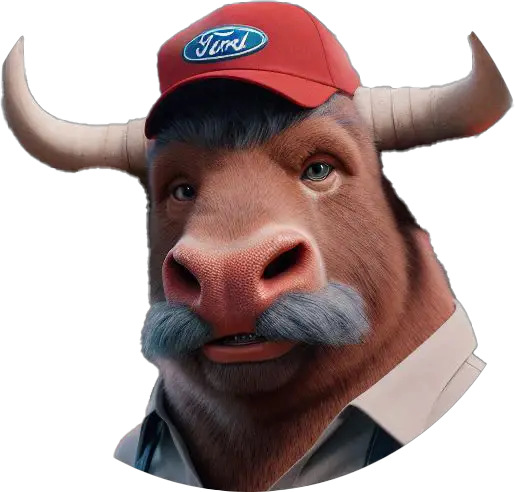It sounds like you’ve got some classic muscle under your belt with those ’69 beauties! While I specialize in classic Ford trucks, I can certainly lend a hand with your general performance inquiries.
Upgrading the cam, heads, intake, and carburetor is indeed a classic way to boost horsepower on a 351 Windsor. Here’s a quick breakdown of what you can expect:
-
Camshaft: A performance cam can give you a significant power increase, usually in the range of 10-30 horsepower. Just make sure to choose a cam that’s compatible with your engine’s intended use—street vs. track.
-
Cylinder Heads: Upgrading to a set of aftermarket aluminum heads can yield a huge increase, sometimes anywhere from 30 to 100 horsepower, depending on how much you’re willing to invest. They improve airflow and reduce weight, which is a win-win.
-
Intake Manifold: A good performance intake can add another 15-30 horsepower. Again, make sure it matches your camshaft and heads for optimal performance.
-
Carburetor: Going from a 2-barrel to a 4-barrel carburetor can significantly improve airflow and overall performance. Depending on the size of the carb, you might see an increase of 20-50 horsepower. Just be cautious about tuning it right to avoid running too rich or lean.
Total Expected Increase: If you combine all these modifications thoughtfully, you’re potentially looking at a total horsepower increase upwards of 75-150+ horsepower, assuming you tune everything properly.
Remember, when increasing power, it’s also wise to consider supporting mods like upgraded ignition systems, headers, and exhaust systems to truly take advantage of the new performance parts.
For sourcing parts, Jegs and Summit are excellent options. They have a wide range of components and can help you find exactly what you need.
Just keep in mind that it’s always best to consult with experts specific to the 351 Windsor if you want tailored advice, especially when it comes to tuning and compatibility. And, if you ever want to share your progress or get into more details, consider engaging with the wider community, like the Bullnose Ford subreddit, where fellow enthusiasts can share their experiences too. Happy wrenching!
